Having both feet fixed to the board makes it easy to fall over. If you’re going too fast or can’t control your board, you might be better off falling and stopping.
Knowing how to fall properly is very important to avoid serious injuries. See how to fall safely and how to get up after a fall!
How to Fall Snowboarding
Falling forward
When you fall forward, you should be careful not to hit the snow with your hands.
Hands should be held against your chest, and elbows should be bent quickly if you feel yourself about to fall.
Then curl your body while your arms are still bent to absorb the impact of falling.
With your elbows on the snow surface, extend your upper body and slide forward.
Lastly, lift your snowboard by bending your knees. This will prevent the board from pulling on the snow.
Falling onto your bottom
The back of your head is at risk when you fall backward. So whenever you feel like you are going to fall, cover your head with your hands.
Reduce the impact on your body by bending your knees and curling toward the ground. Your bottom should hit the snow first, followed by your back.
Lift your snowboard up when your back hits the snow.
How to fall when you are turning?
Getting loose and not rigid before falling is the best way to prevent injury.
Most of the time, the human body is excellent at protecting itself. Keeping loose and letting your body lead the way will ensure you stay injury-free.
What to do when the fall seems inevitable?
In case of a fall, make sure that your arms are close to you, and resist reaching out. If you fall, use all of your body weight to minimize injury.
How to get up after a fall?
Step 1:
To stand up from down on your bottom, move your body as close as possible to the snowboard.
Step 2:
Use your right hand to grab your snowboard’s tip, and then get up by moving your center of gravity.
Step 3:
Support yourself with your left hand, then lift your body upwards to bring your body weight on top of the board. Lift your upper body straight upward while in this position to stand up.
How to get up with skis on?
Step 1:
Position your skis in a downhill position, so you aren’t fighting gravity:
Step 2:
The skis need to be parallel to the snow to avoid sliding down
Step 3:
Think about a rainbow running from the waist to the tip of your skis
Step 4:
Your hands need to be positioned on the snow near your middle as you lift the hips as you would doing a push-up. Your chest needs to remain facing the snow.
Step 5:
Slowly walk your hands along the rainbow arc you imagined close to the ski tips, then when you feel balanced stand-up.
Advanced falling techniques
Jumping short
When you fall short on a jump, don’t just rely on your knees to absorb everything. Acl ligament tearing will most likely occur. Unless it’s a tiny jump, it’s not a good idea to stay on your feet.
The safest method is to flex your legs and knees to absorb as much impact as possible.
Ground is visible
When looking at the ground, you need to twist, then land with your forehands, try to twist, and land flat with your arms in a braced position against the body.
Ground isn’t visible
If you can’t turn in time or can’t see the ground, you need to bring the arms close to the body.
Let the body absorb the shock and keep your arms close to your body to avoid landing on them
Tips for falling while snowboarding
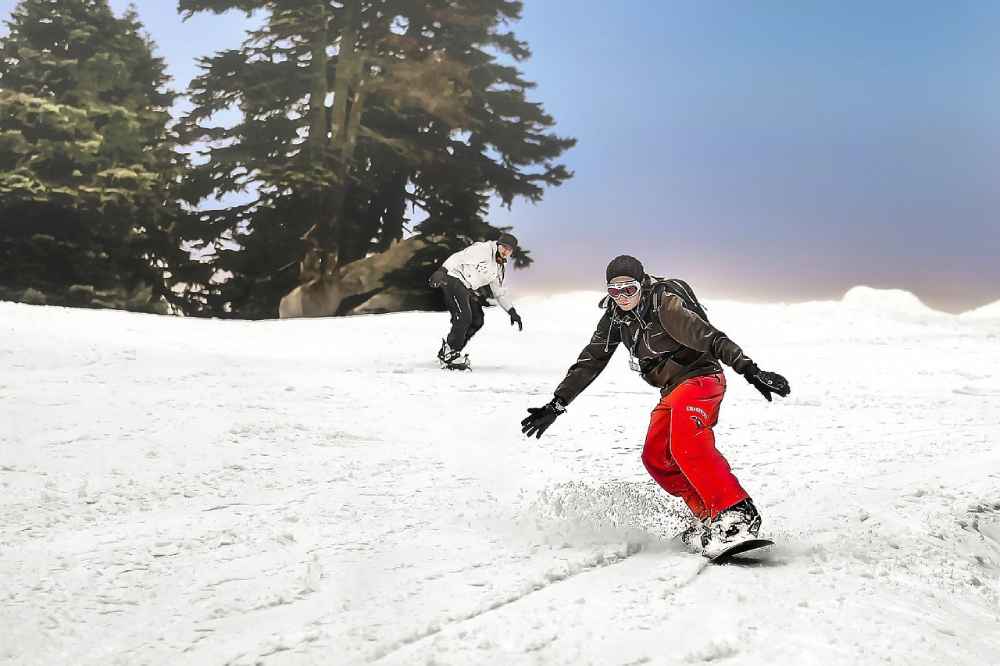
Never go alone
If you’re a novice snowboarder, you shouldn’t venture out alone. Regardless of whether other people are skiing around you, you need someone to watch over you. Nothing may happen, but best to be prepared!
Remain relaxed
Relaxing your muscles might seem ridiculous when you’re at risk of getting injured by falling. But this can minimize the damage to your body.
When relaxed, your body will be able to absorb shocks better.
Flex your legs
On a snowboard, you can fall two ways: forward and backward. Regardless of how you fall, make sure your legs are flexed to lower the chance of lower leg and ankle injuries.
Also, you should maintain as low a body position as you can to lower the impact.
Get accustomed to unfamiliar terrain
Slowly build up to ski fast. To react appropriately to unfamiliar terrain or unforeseen obstacles, you have to train your brain and limbs.
On how to react to the beautiful carvings or blasting the moguls. Take a lesson in proper technique.
Avoid hitting the snow with your hand
If you fall forward on a snowboard, you want to avoid extending your hands to protect your wrists. Try to bend your knees when you sense a fall is going to occur.
Your arms should be bent forward when falling In other words; the impact is predominantly felt on your forearms and knees.
Protect your head
Never go out without a helmet. There Are several snowboard-related Injuries from not wearing a helmet, and some can be fatal.
Do not stand up while strapped in
Getting your feet fastened onto the boards is one of the most common mistakes. As an alternative, you should sit down and fasten your feet, then stand up.
You will avoid falling while putting on your gear or getting injured if you lose your balance.
Use protective gear
Protective gear plays a huge role in how much injury and impact your body receives when you fall. Safety essentials for snowboarding are knee pads, ankle guards, elbow pads, boots with good support, and a good quality helmet.

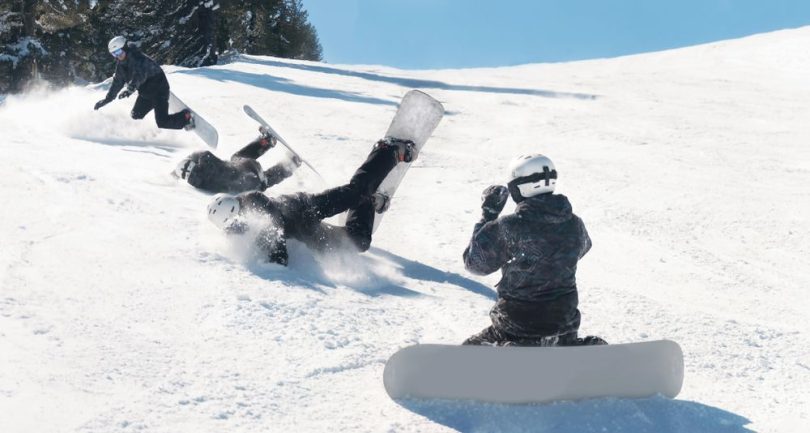
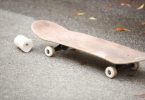
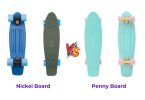
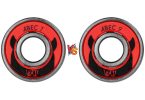
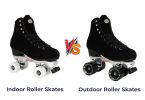
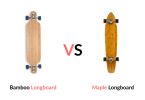
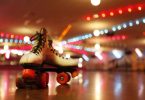

Leave a Comment